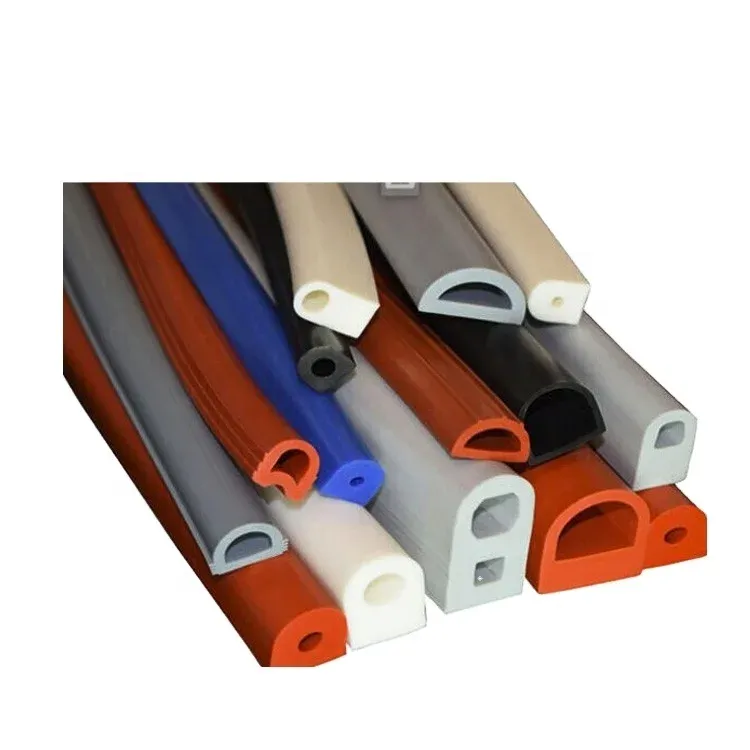In the realm of flooring solutions, vinyl has emerged as one of the most versatile and popular materials. Used in both residential and commercial properties, vinyl flooring offers durability, comfort, and aesthetic appeal. However, to maintain its longevity and overall appearance, several accessories are necessary, including vinyl floor strips and seals. Purchasing these essentials wholesale can provide significant benefits. In this article, we'll explore the advantages of wholesale vinyl floor strips and seals, their applications, and why they are a smart investment for homeowners and businesses alike.
 Home
Home












